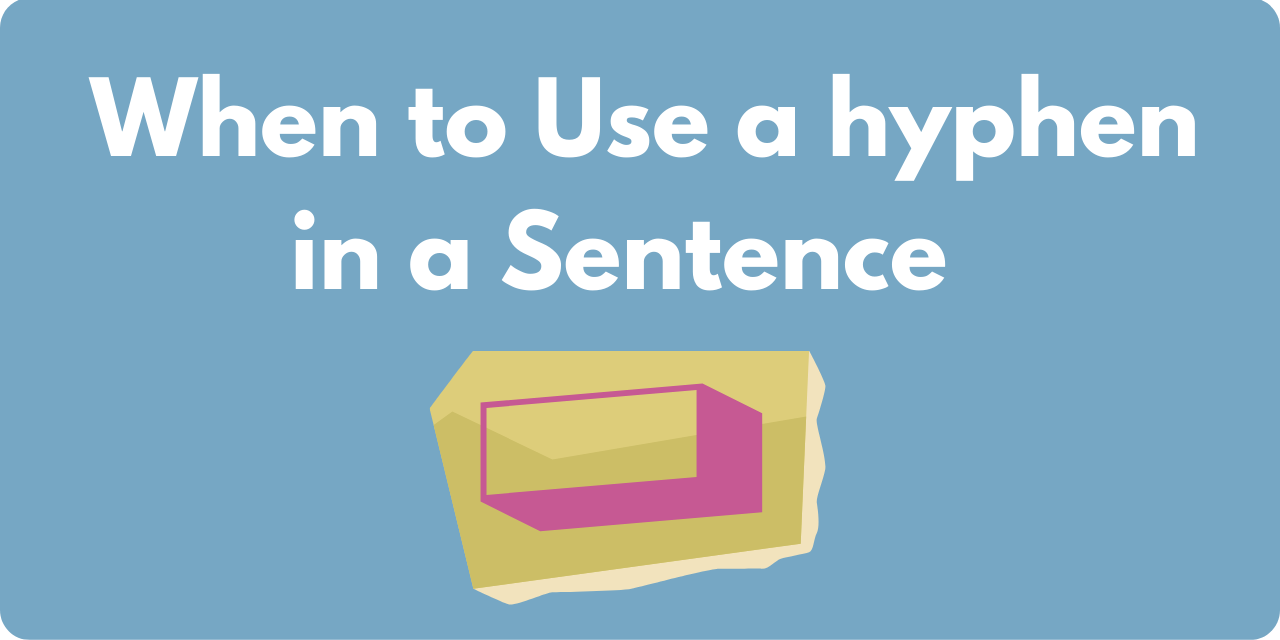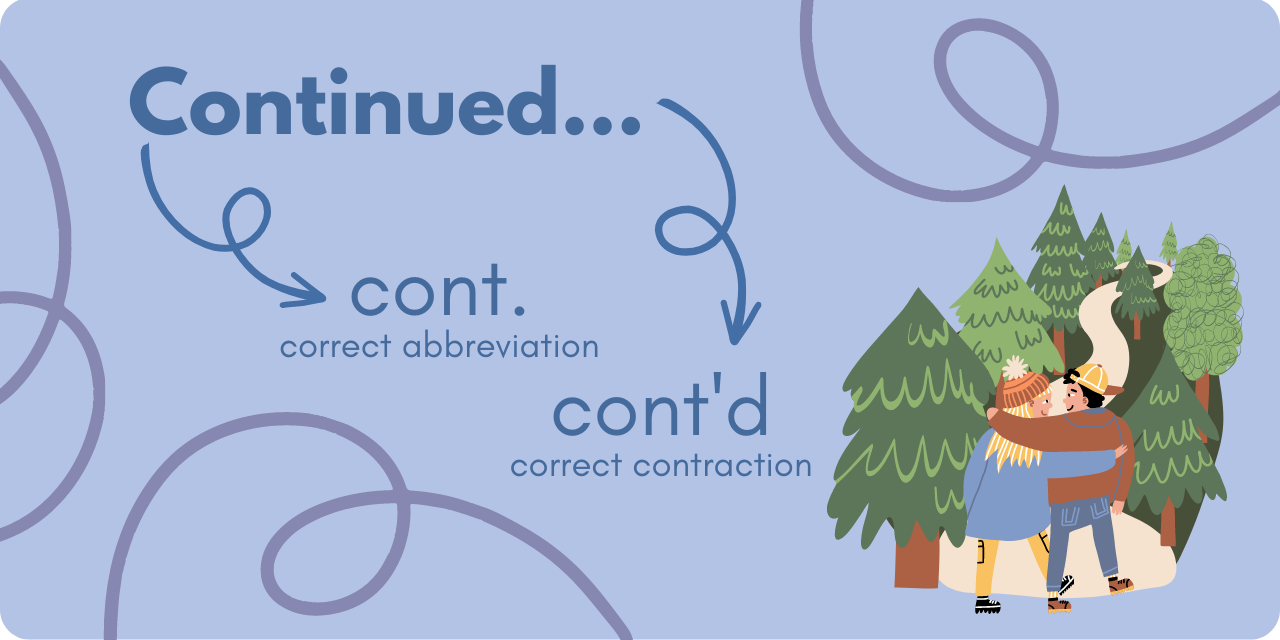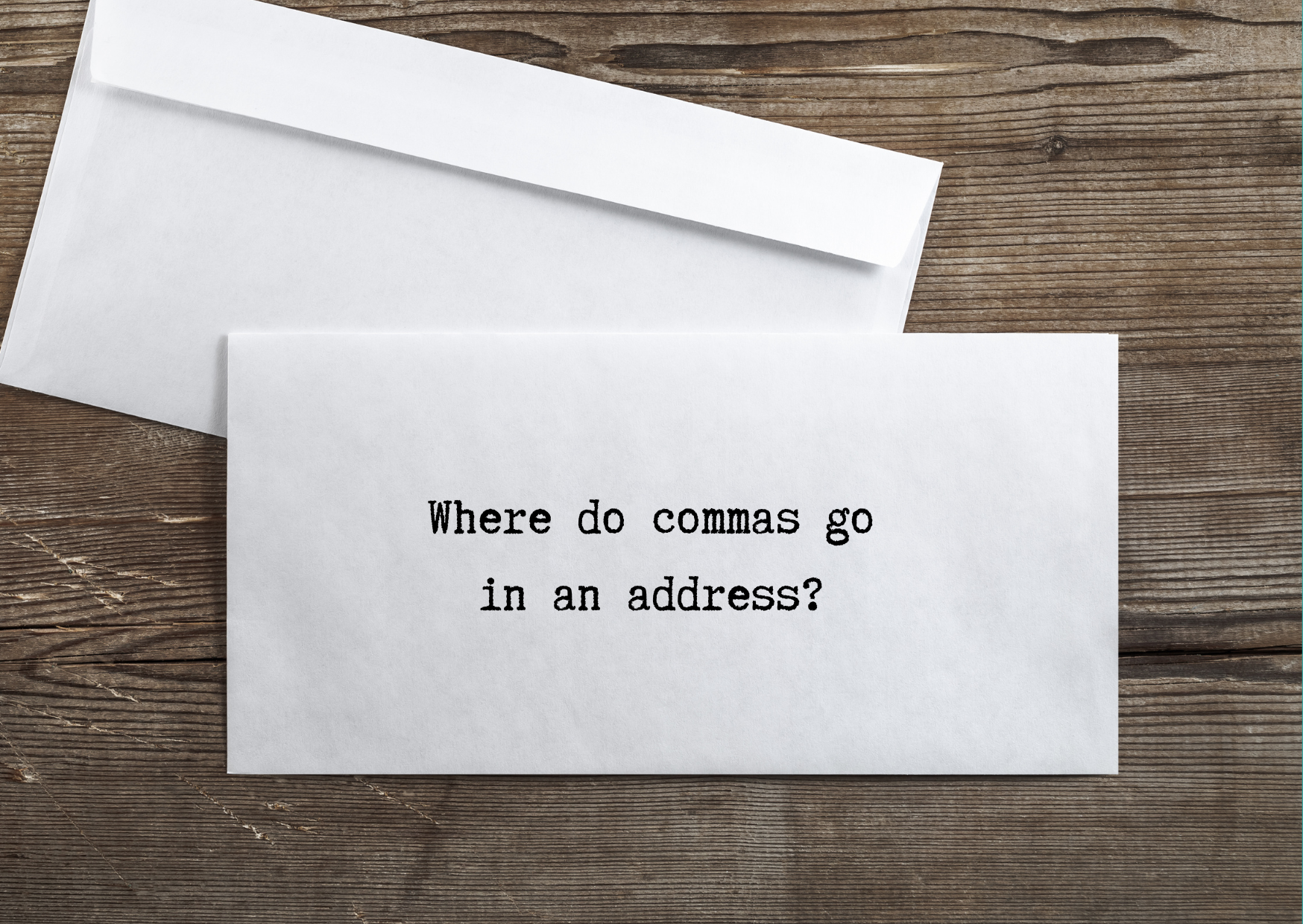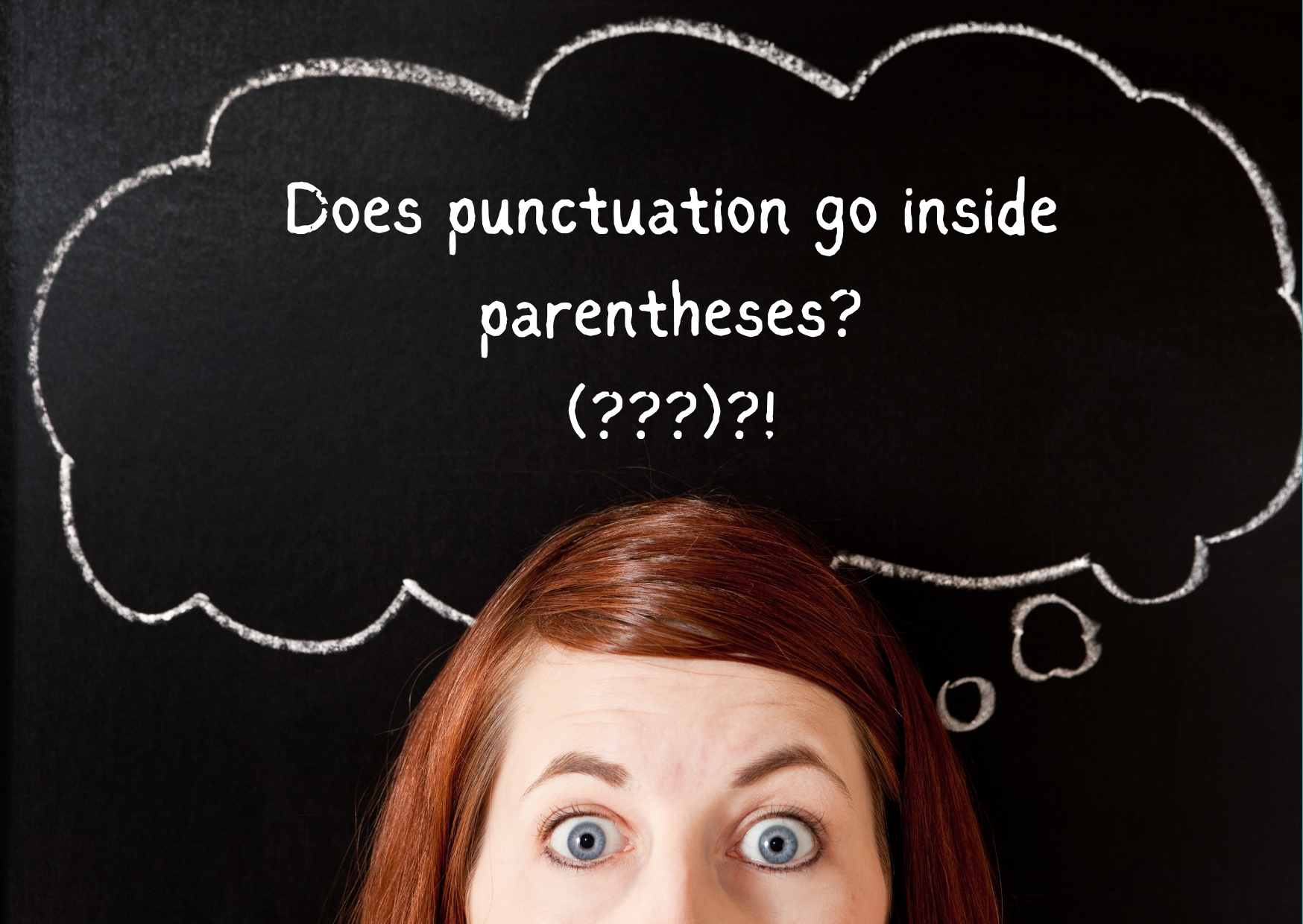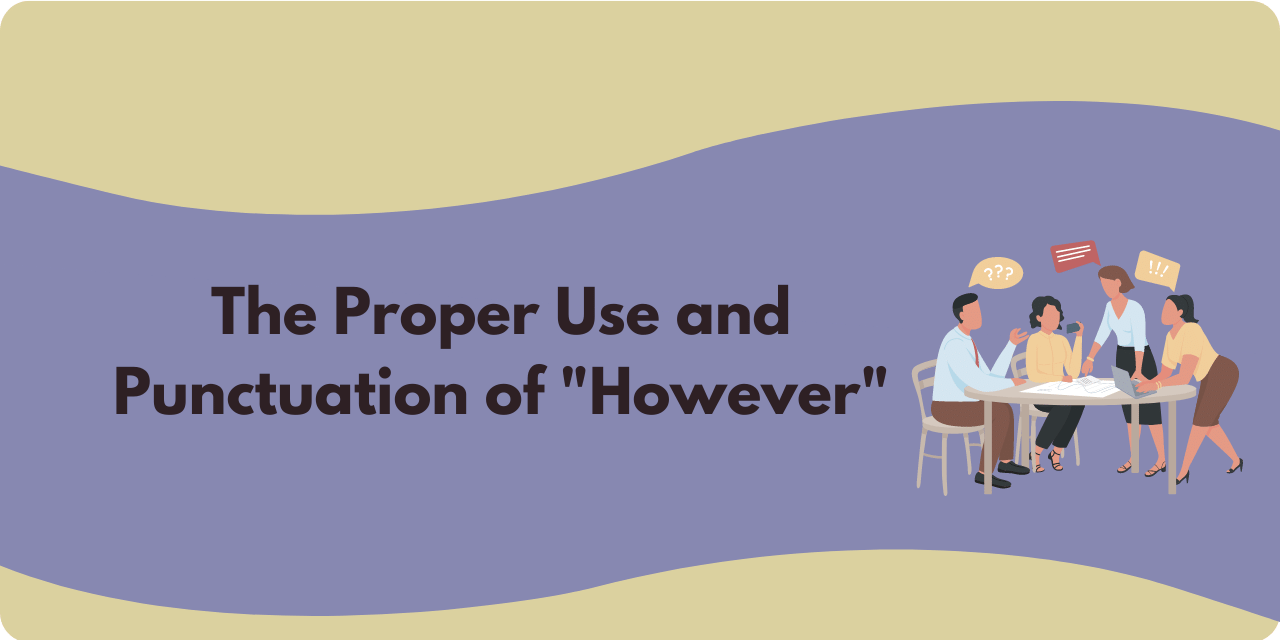We’ve written a lot about semicolons and colons, but since it’s such a demanded topic, we thought we’d revisit it once more.
At a very basic level, both colons and semicolons help adjust the rhythm of a sentence. This gives the reader an opportunity to pause and the writer a new way to elaborate on a thought or an idea, making a much stronger (and more effective) sentence overall.
Of course, the trick is knowing when to use a semicolon and when to use a colon. It isn’t always easy to tell which one is more appropriate than the other, especially since they look so similar. Let’s take a look at the major differences between the two to help you make the right grammatical decision for your next sentence.
Semicolons and How to Use Them
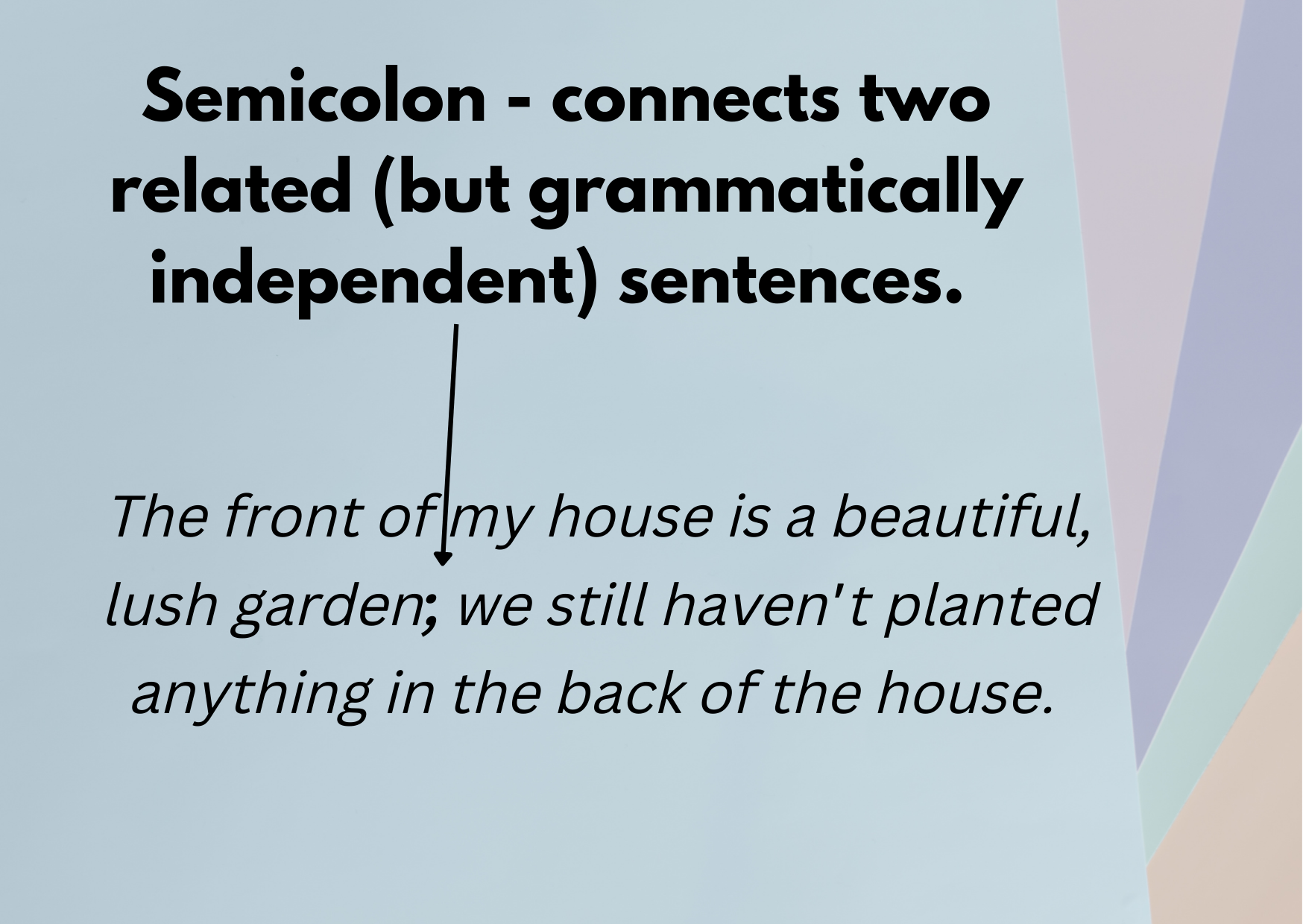
The first way to use a semicolon is to connect two related (but grammatically independent) sentences. Although the sentences could technically stand on their own and still be grammatically correct, a semicolon connects them and makes the two sentences stronger together.
The front of my house is a beautiful, lush garden; we still haven’t planted anything in the back of the house.
You can also use a semicolon in combination with a conjunctive adverb to connect two sentences, such as “however,” “finally,” “similarly,” or “otherwise.”
The new book release was anticipated to sell a million copies; however, we couldn’t get the cover art approved in time and lost our sales opportunity.
Finally, you can also use semicolons as part of a list instead of utilizing commas each time. In this case, a semicolon helps eliminate confusion and makes a list easier to read.
Before the football game starts, we need to make a grocery run: chips, dip, salsa, and guacamole; beer, wine, and mixers; and maybe a few things for dessert, too.
Colons and How to Use Them
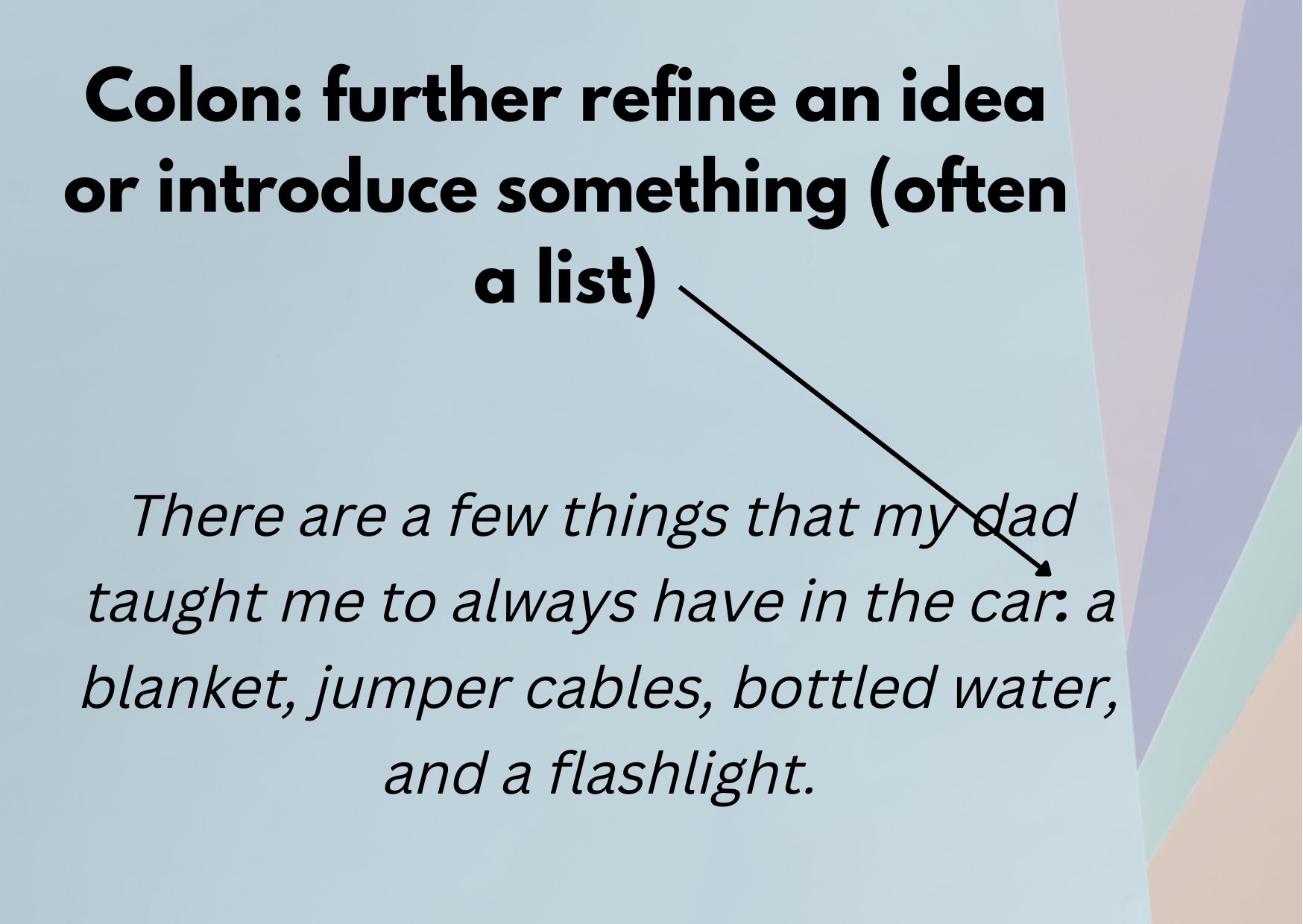
Colons are used to further refine an idea or to introduce something. What really sets colons apart from semicolons is that although colons can be used to join two independent sentences, they aren’t often used that way. Instead, colons are often used to combine one independent clause with a subsequent list or noun. And because a list or a noun is not a full sentence, you will always need to use a colon (not a semicolon) when joining an independent clause with a list or a noun.
You can use a colon as a way to introduce the reader to a list when the first phrase cannot stand on its own.
There are a few things that my dad taught me to always have in the car: a blanket, jumper cables, bottled water, and a flashlight.
If you don’t want to use a semicolon, you can opt for a colon instead – as long as you are only using a colon (and not utilizing a coordinating conjunction) to connect the two sentences.
Her career history is impressive: her first managerial role was 20 years ago.
Test Yourself
Only for the brave! If you’re ready to test yourself by proofreading a text, you can give it a go here. Good luck!
Video
There is a wonderful video on the topic of colons and semicolons from one of my favorite YouTube channels, The School of Life. If you want to solidify your newfound mastery of the difference between colon and semicolon, have a look!

